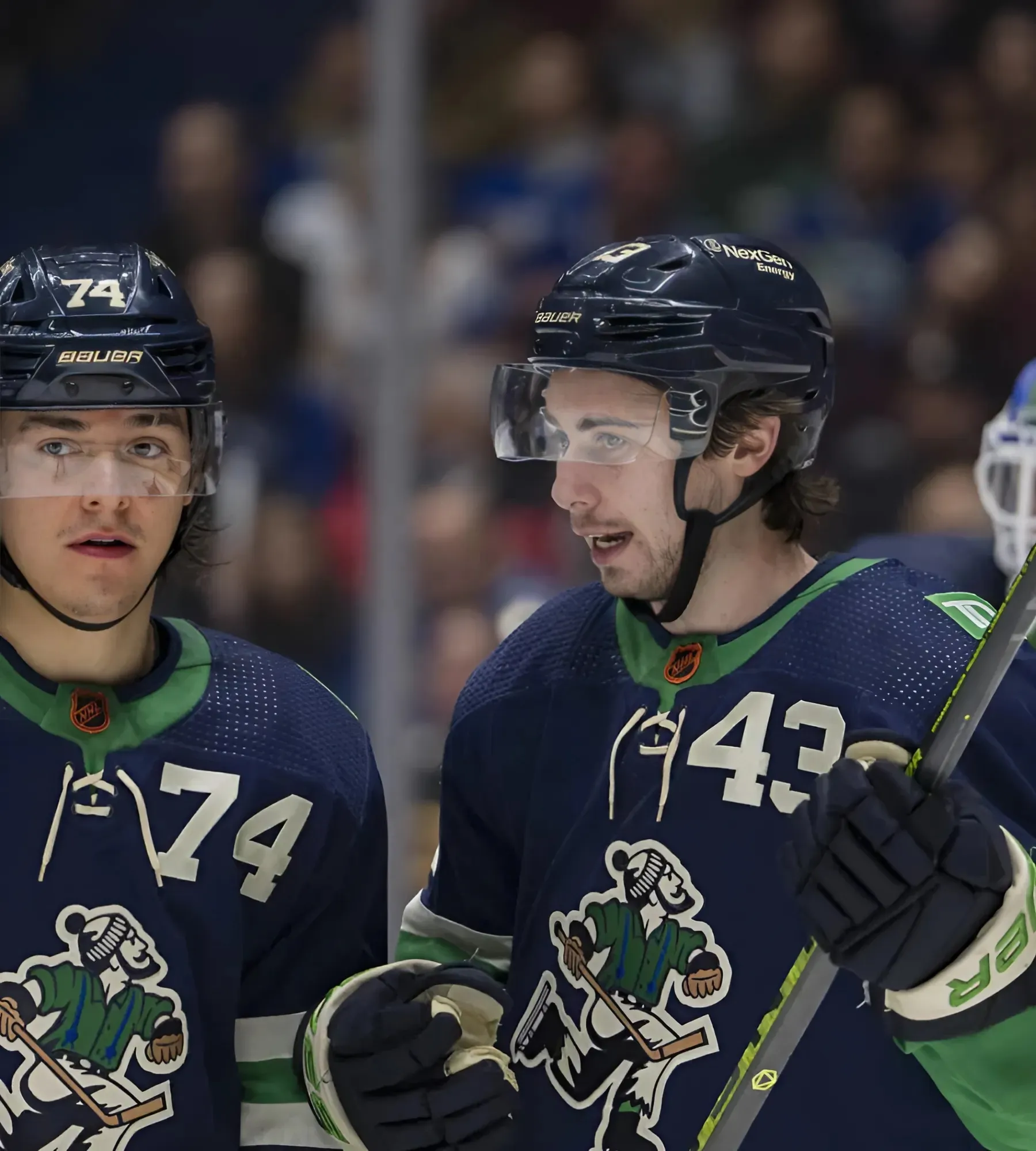New York Giants quarterback Daniel Jones has yet to satisfactorily answer many questions among Giants fans about whether he is indeed the guy who can take the team to the promised land.
But in a new study done by Pro Football Focus, which identified the top “kryptonite” in all 32 projected starting NFL quarterbacks, Jones’s biggest weakness is, shall we say, concerning.
Jones’s biggest weakness is his accuracy, a problem that has continued this summer. John Kosko of PFF, in choosing accuracy as Jones’s biggest vice, wrote, “Accuracy proved an issue, as he had a 29.3% catchable inaccurate rate, a 52.4% accurate rate, and an 8.8% pinpoint accuracy rate. All were the worst marks in the NFL.”
It’s easy to point a finger at the Giants' offensive line, which was historically bad in 2023 to the tune of allowing 85 sacks, the second-most in league history.
However, Jones, in 80 dropbacks when he was under pressure, was directly responsible for 20 percent of those pressures, the highest percentage of the three quarterbacks on last year’s roster (Tyrod Taylor and Tommy DeVito).
The main problem with Jones, as has been the case for most of his pro career, has been his post-snap reads. The Giants offense is predicated on timing, so when a pass’s timing is just a split second or two off, that affects the accuracy of the pass.
Jones has been known to hold the ball a little too long at times while processing what he sees. Last year, he averaged 2.85 seconds to throw the ball, the lowest of the three quarterbacks, but still above the desired 2.5-second mark.
Holding onto the ball longer than necessary affects the timing of the routes being run by the receivers to where they either have to slow down their route (which in turn can hurt yards after the catch) or simply adjust to where it gives the defender a chance to catch up and swat the ball away.
Earlier this month, Giants assistant head coach/offensive coordinator Mike Kafka attributed Jones’s inconsistent accuracy to rust from having not played in nine months since tearing his ACL and also, in part, to having some new receivers to throw to.
“I think it's just part of practicing,” Kafka said. "You can go across the league and see throws that are overthrown or underthrown. It's just part of getting on the same page with everybody and working through those things. That's why we practice it.
“Football is very fluid. Angles and speeds are all changing, whether it's pushing up in the pocket or collision at the second level. You're throwing a ball 50 yards downfield, and it has to be perfect. All of those things happen in one individual play. So, you've got to work through it, and the more you work at it, the better you get.”
Jones, who saw his first live game action last week against the Houston Texans, averaged 2.73 seconds to throw despite having mostly clean pockets from which to throw. He was responsible for one of the pressures against him, which came on the Pick-6 to Texans cornerback Derek Stingley, Jr. when Jones made a panic throw from his own end zone to avoid a safety.
Jones also went 2-of-4 on his deep passing attempts (20+ yards) in that game, with one turnover-worthy play (an interception on a deep pass attempt to receiver Jalin Hyatt).
The Giants, who tried to trade up in the draft order for a chance at a quarterback, pivoted off that plan by instead staying at No. 6 to draft receiver Malik Nabers, giving Jones his first legitimate No. 1 receiver of his pro career.
General manager Joe Schoen also upgraded the offensive line, which, in half of the football that Jones happened to be under center, delivered a pristine performance, as has been seen by a Giants offensive line in years.
Jones is locked in as the starting quarterback until further notice this season, but certainly, head coach Brian Daboll is hoping that the inconsistency that Jones has shown thus far this summer starts to fade away before the regular season begins.



